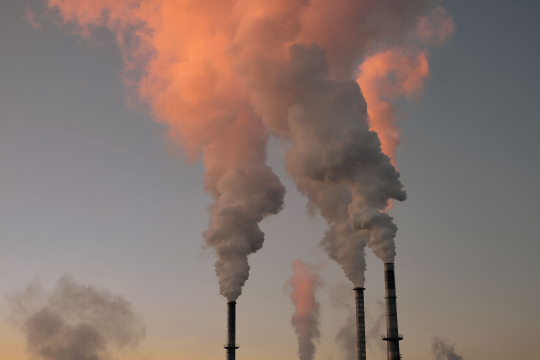Abstract
In this paper, we provide new insights into the drivers of China’s strong economic growth, especially after its entry into the WTO in 2001. Using synthetic control methods, we demonstrate strong pollution haven effects in China due to trade liberalization (WTO entry), by showing carbon emissions increasing in China, while those of major trade partners like the US decrease due to China’s WTO entry. We also resolve the apparent paradox that China’s trade growth has been led by moderately capital-intensive industries despite its labor abundance. This is explained through the country’s lack of effective environmental regulation at the time of trade liberalization, and the consequent high pollution levels and high carbon footprint. We further examine the contribution of environmental factors to trade growth for the period of interest by conducting an export growth accounting exercise, which shows that the carbon footprint’s contribution, though always important, became greater after 2001. Future economic growth should be regulated by a policy framework ensuring a continued reduction in emissions and carbon footprint.
Keywords: pollution haven; trade; emissions; China

